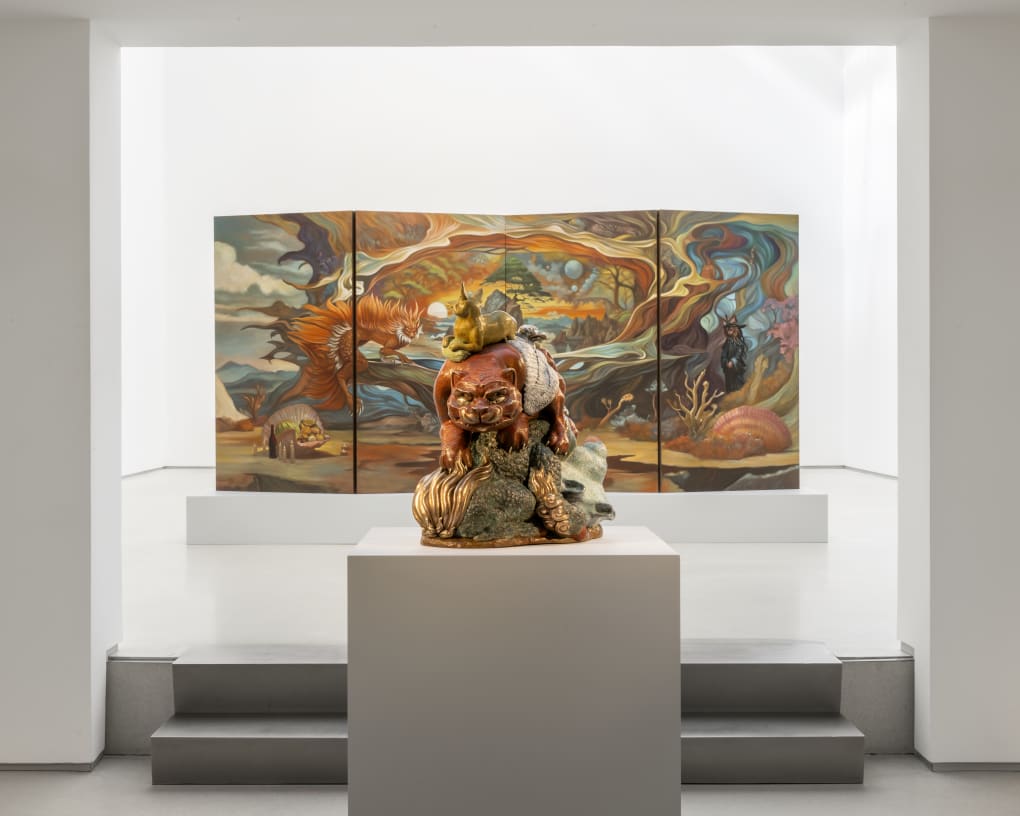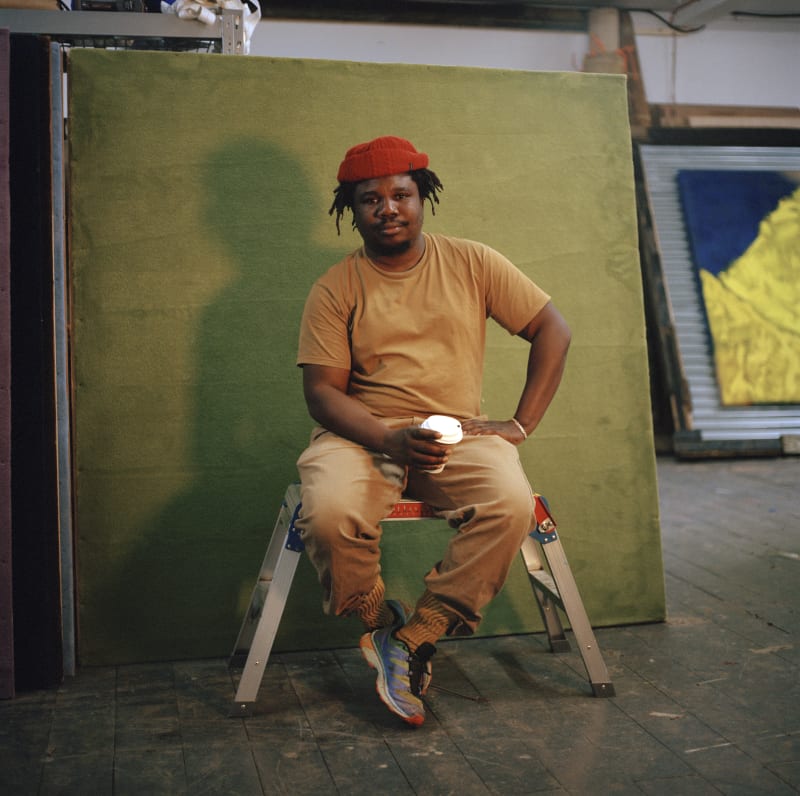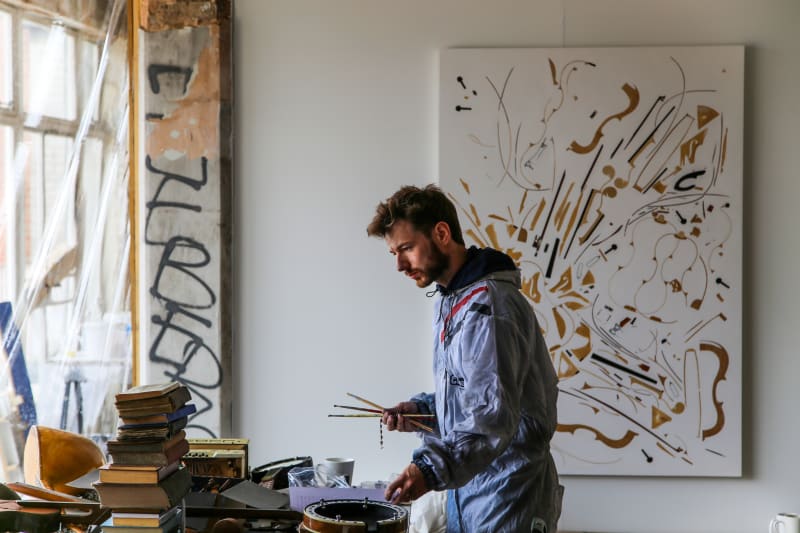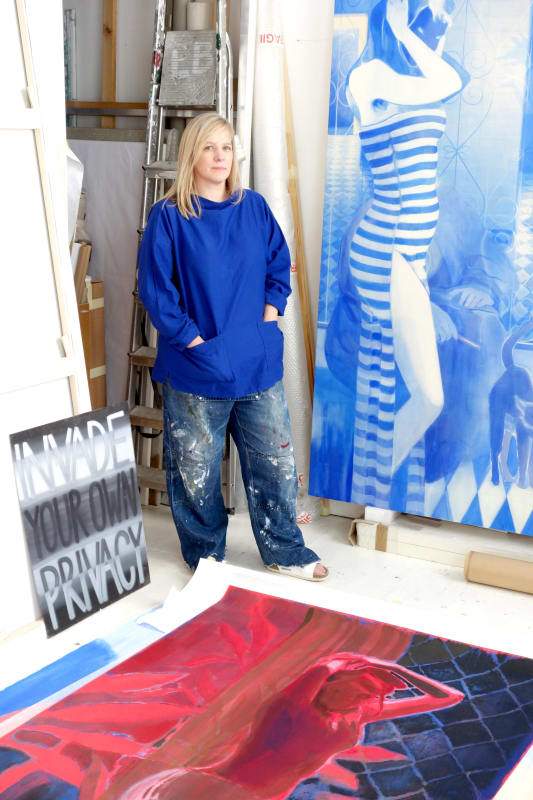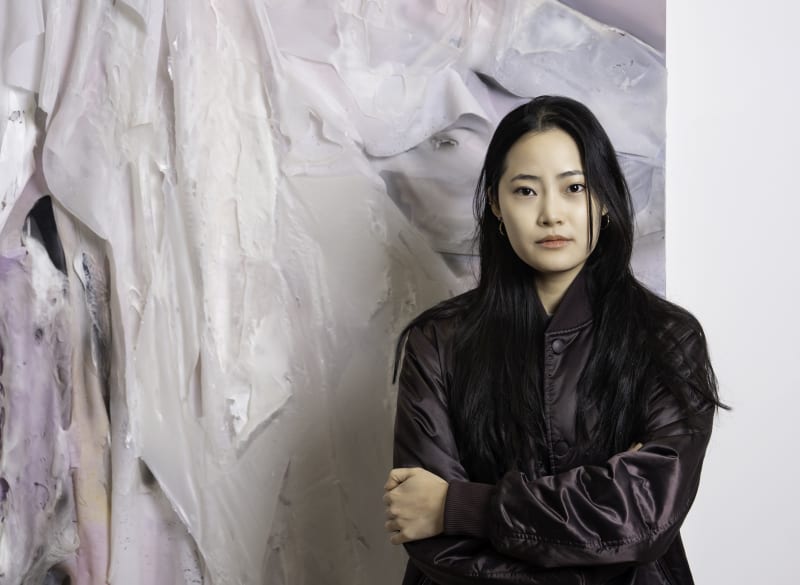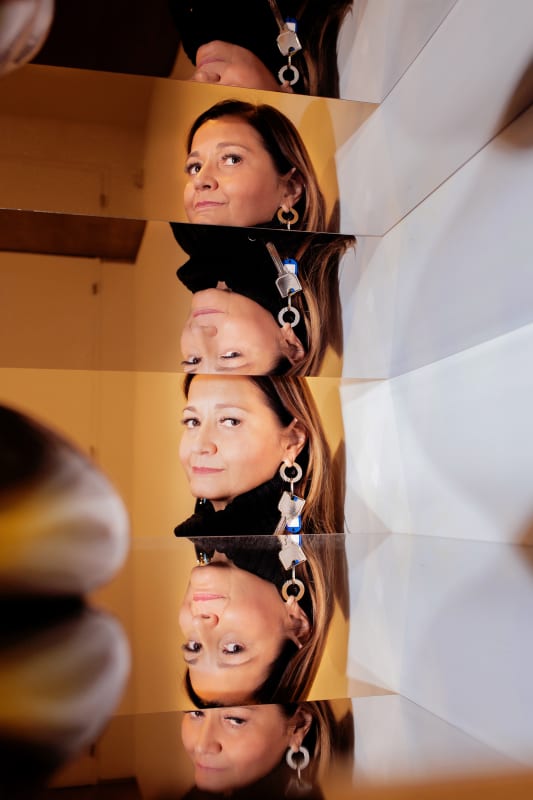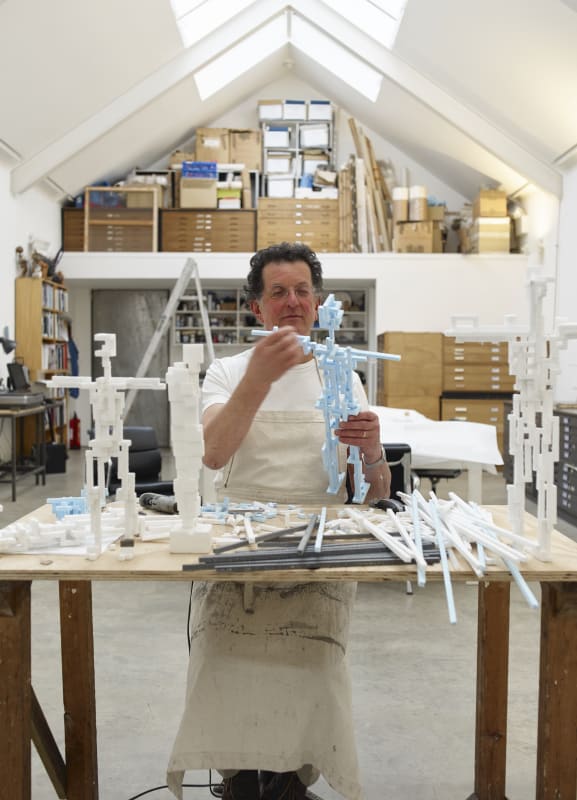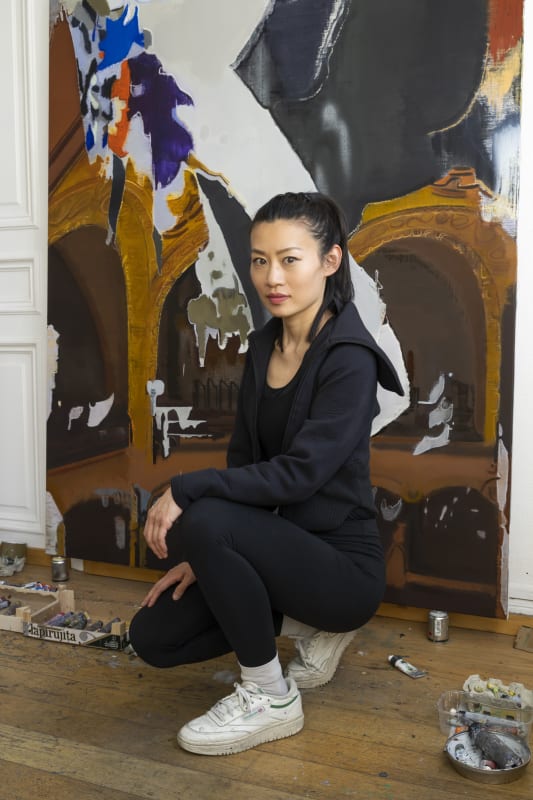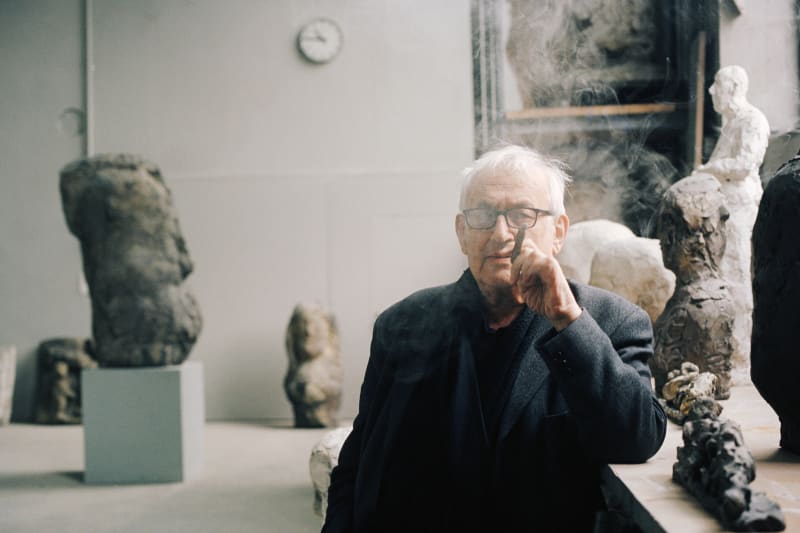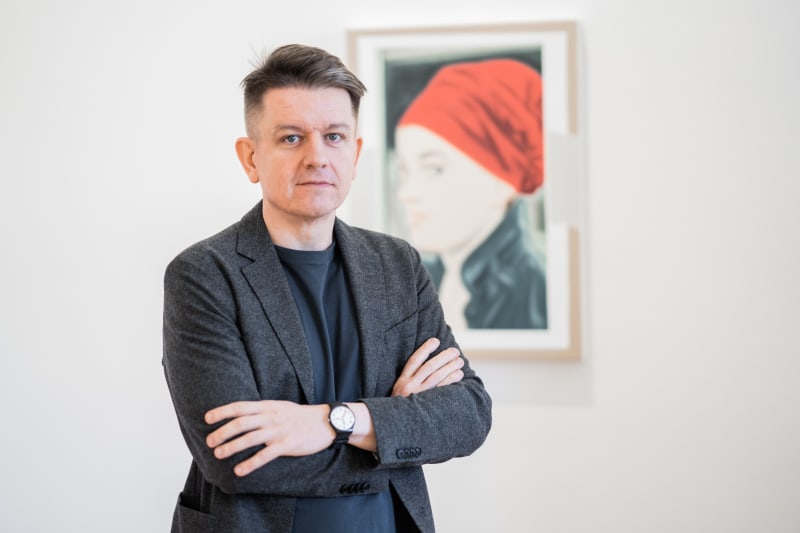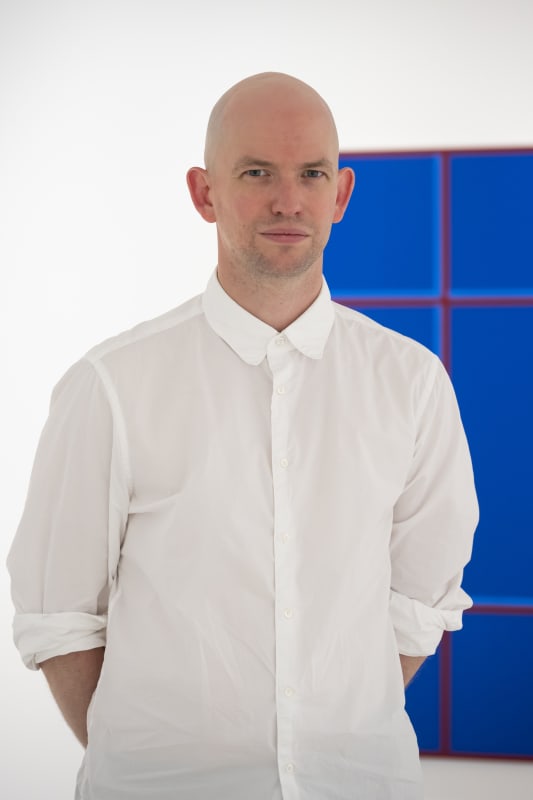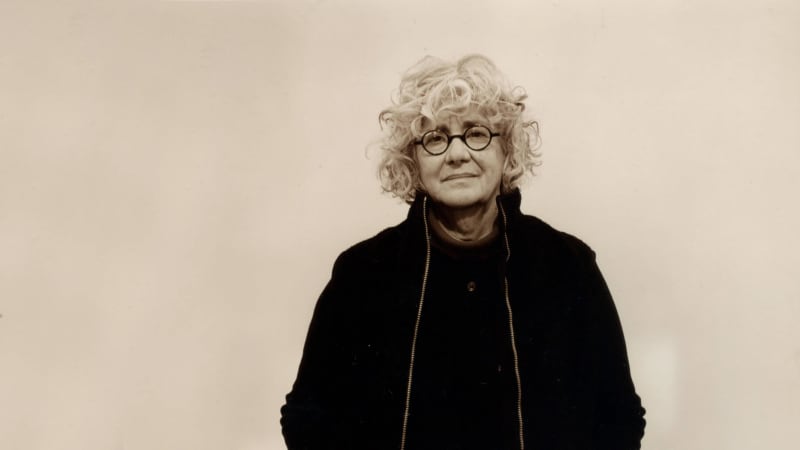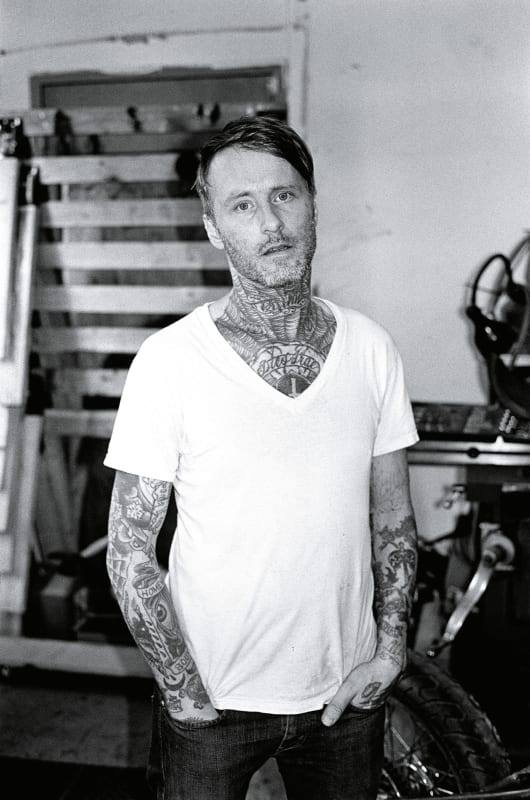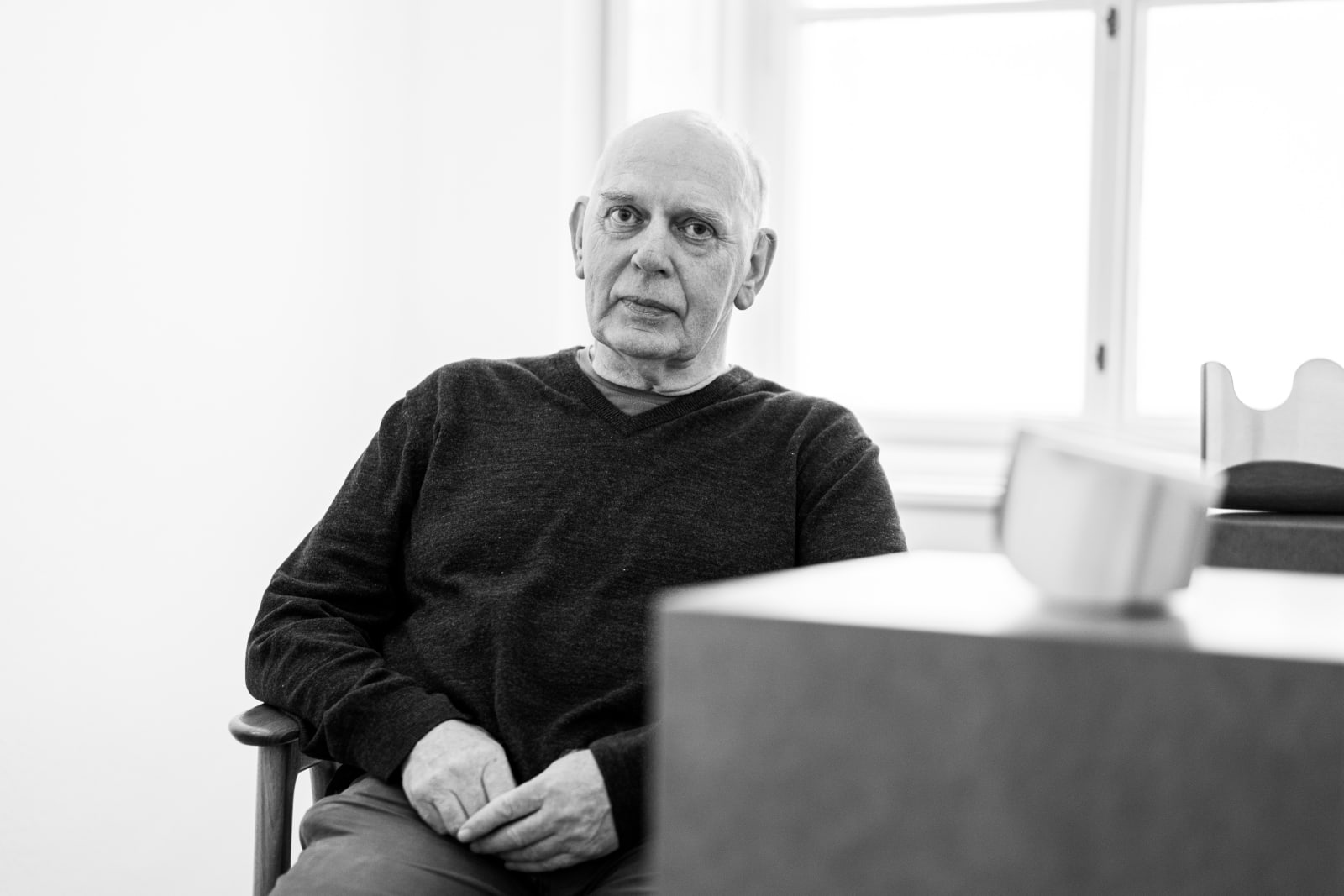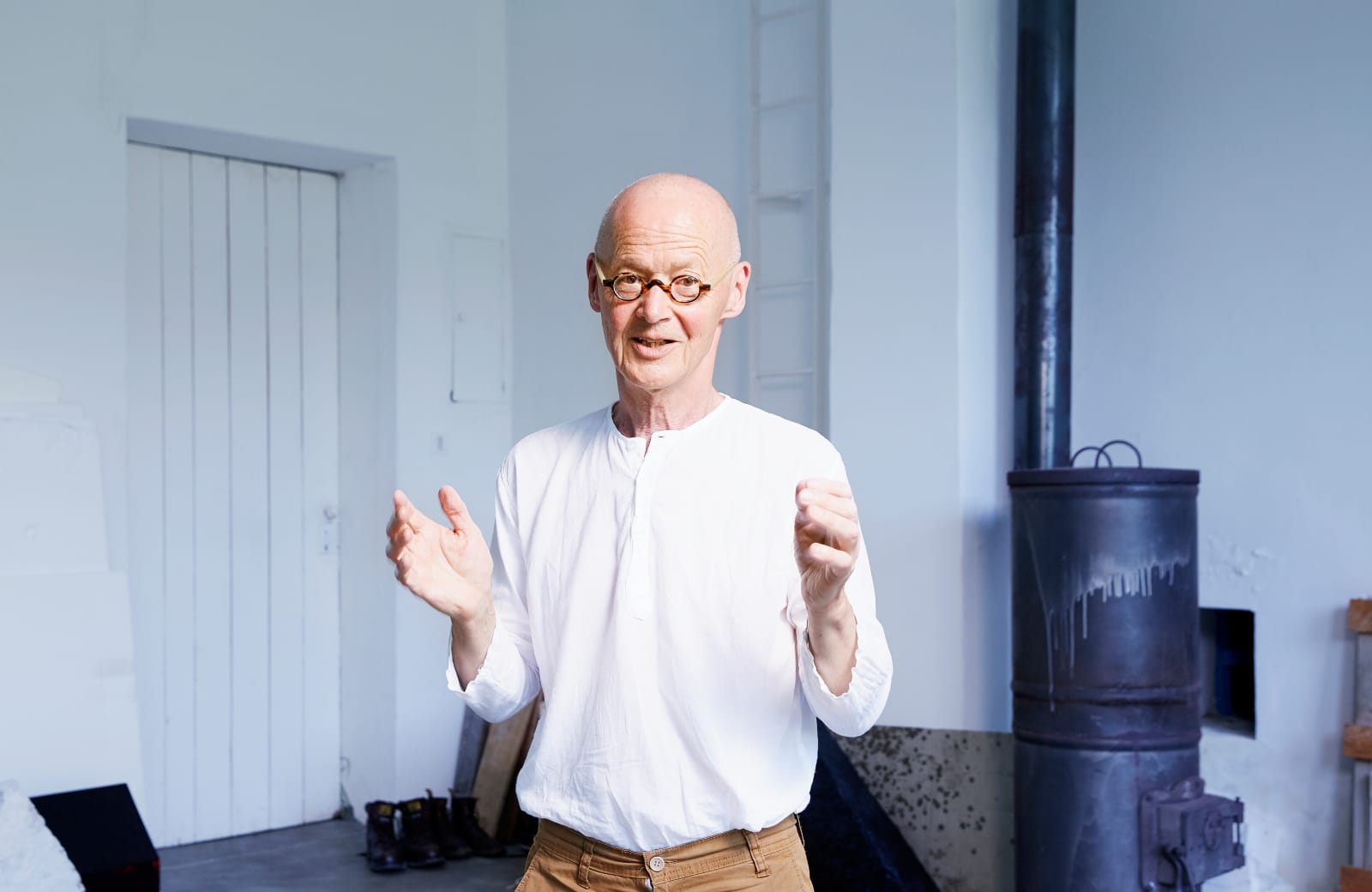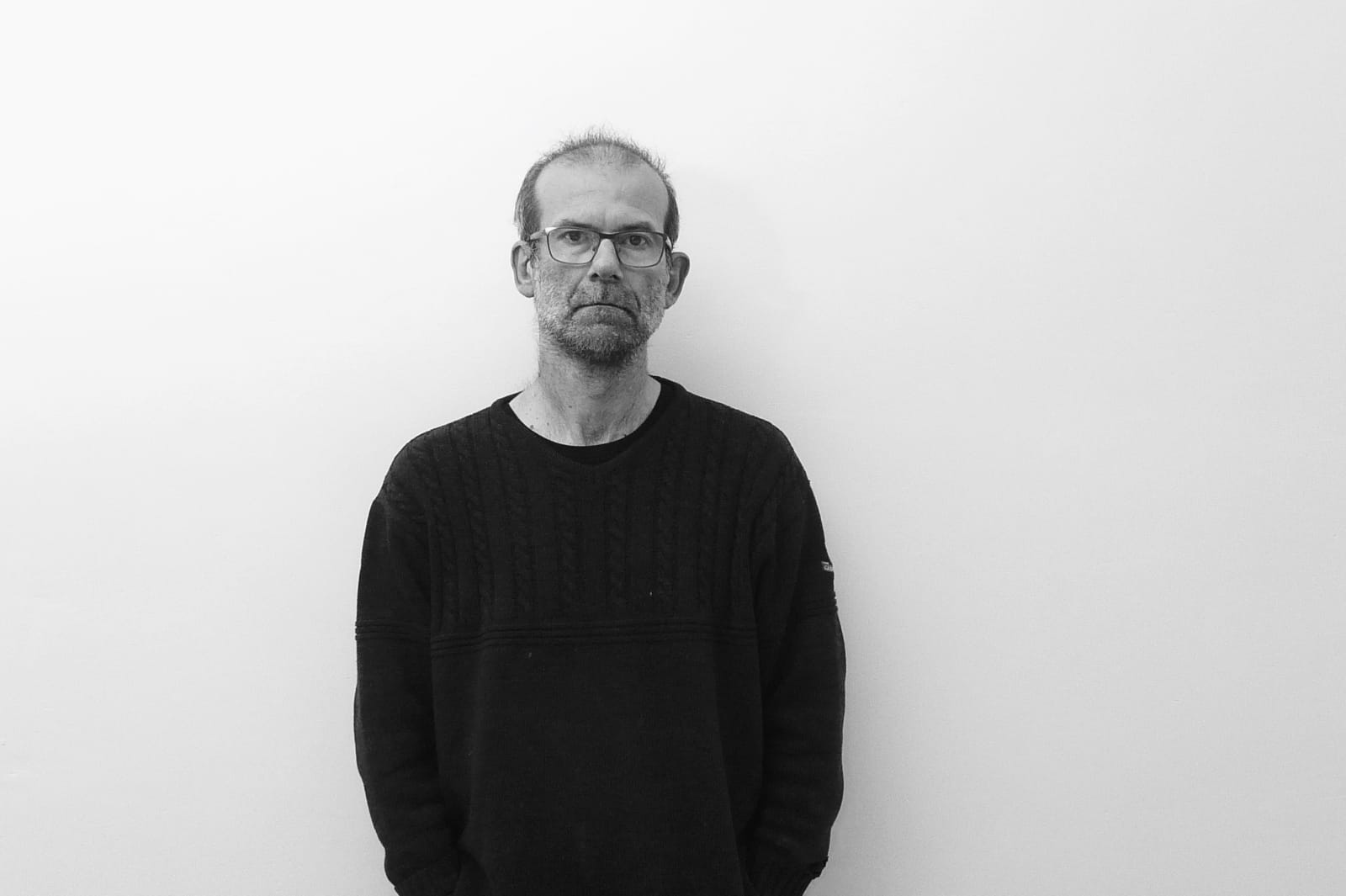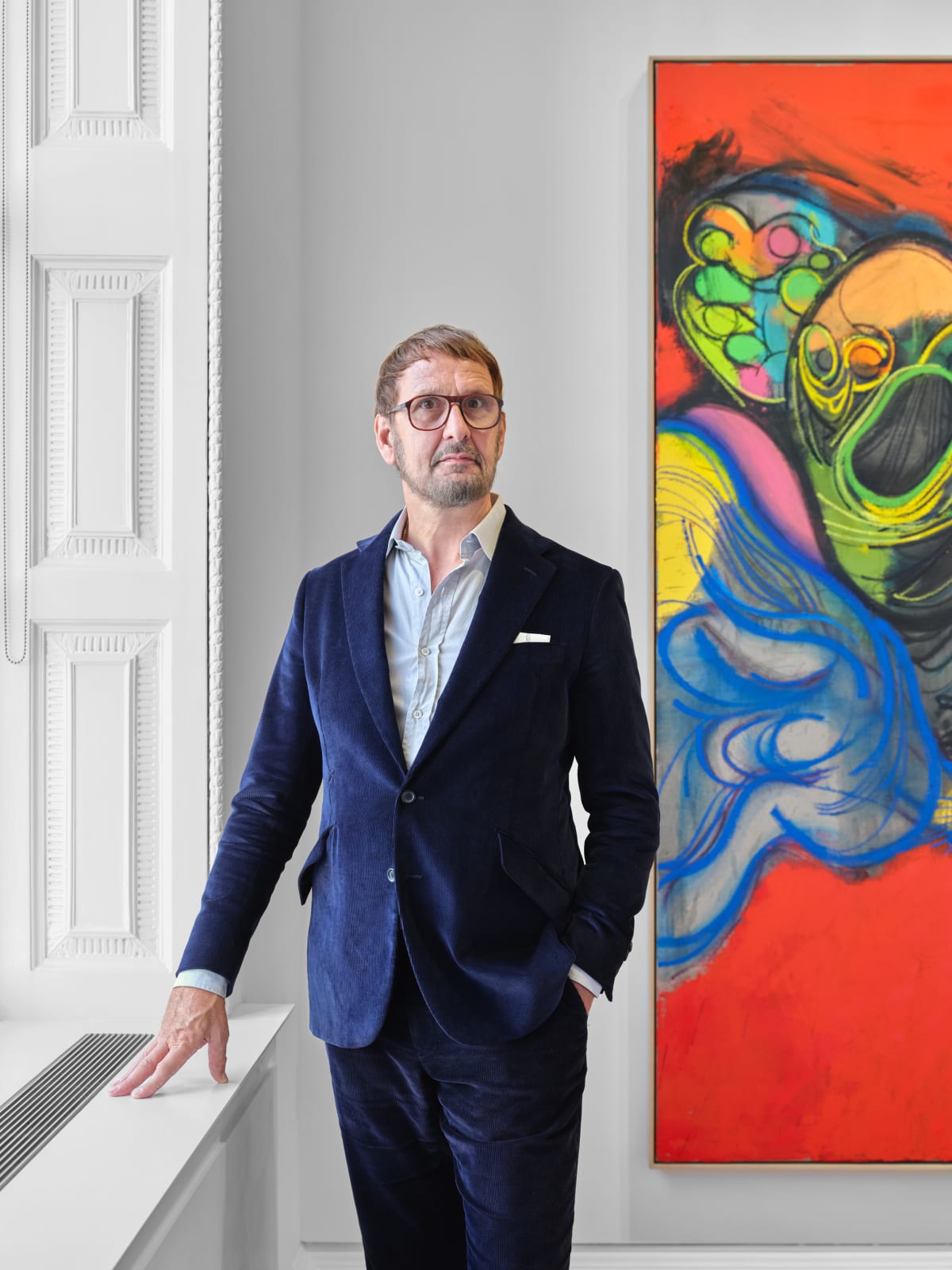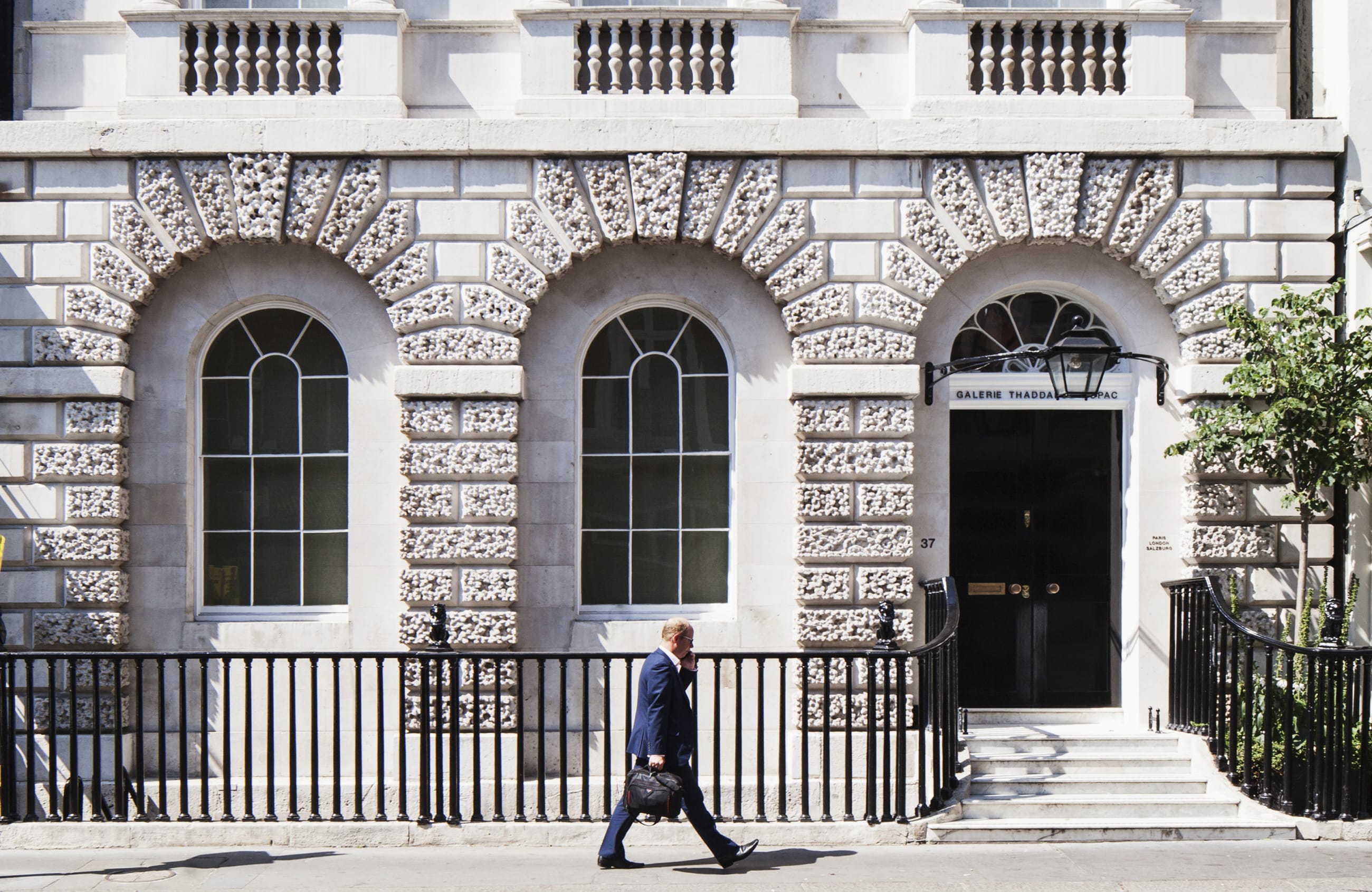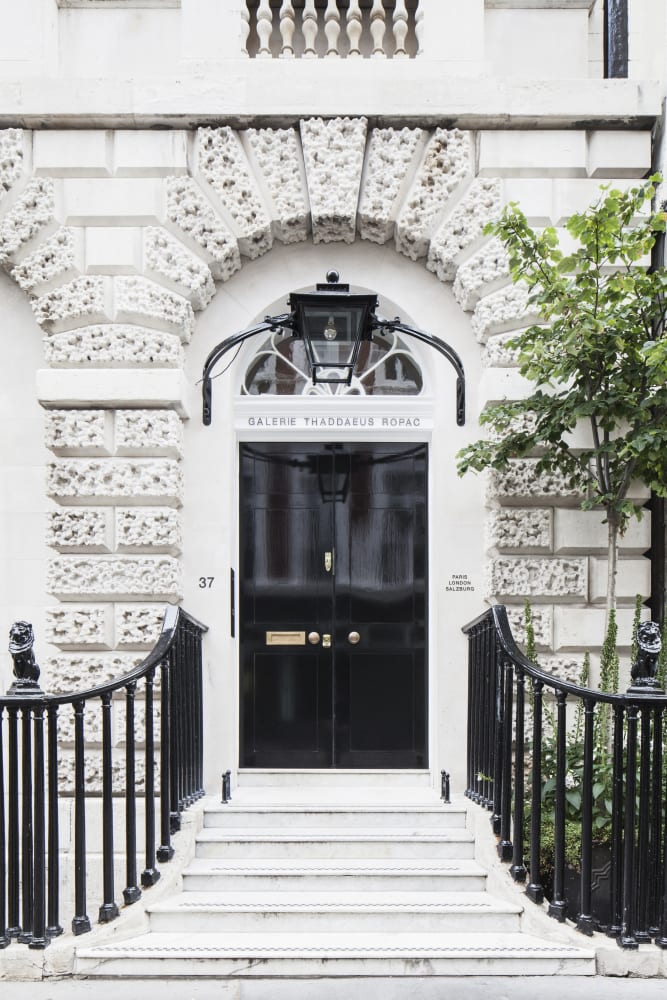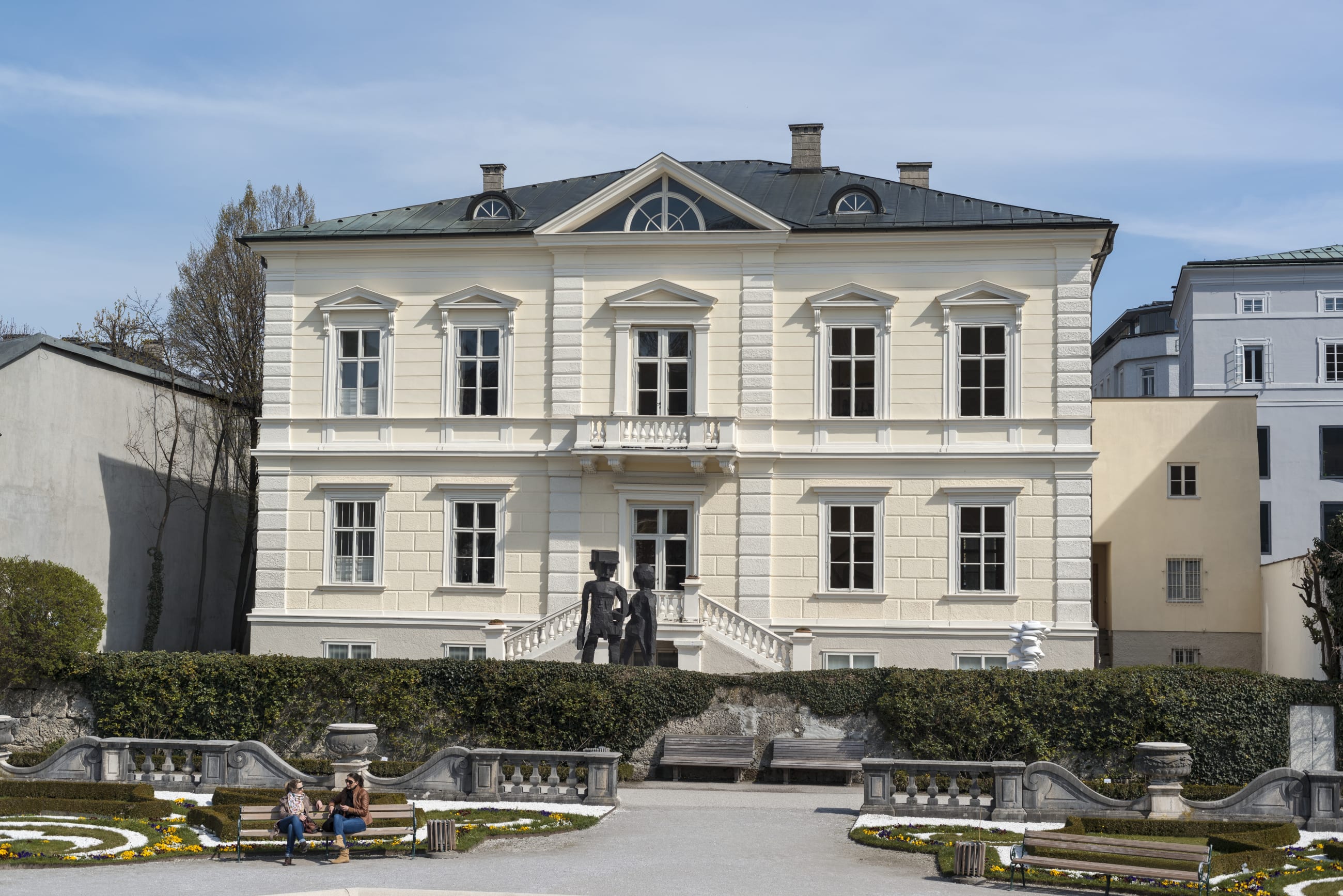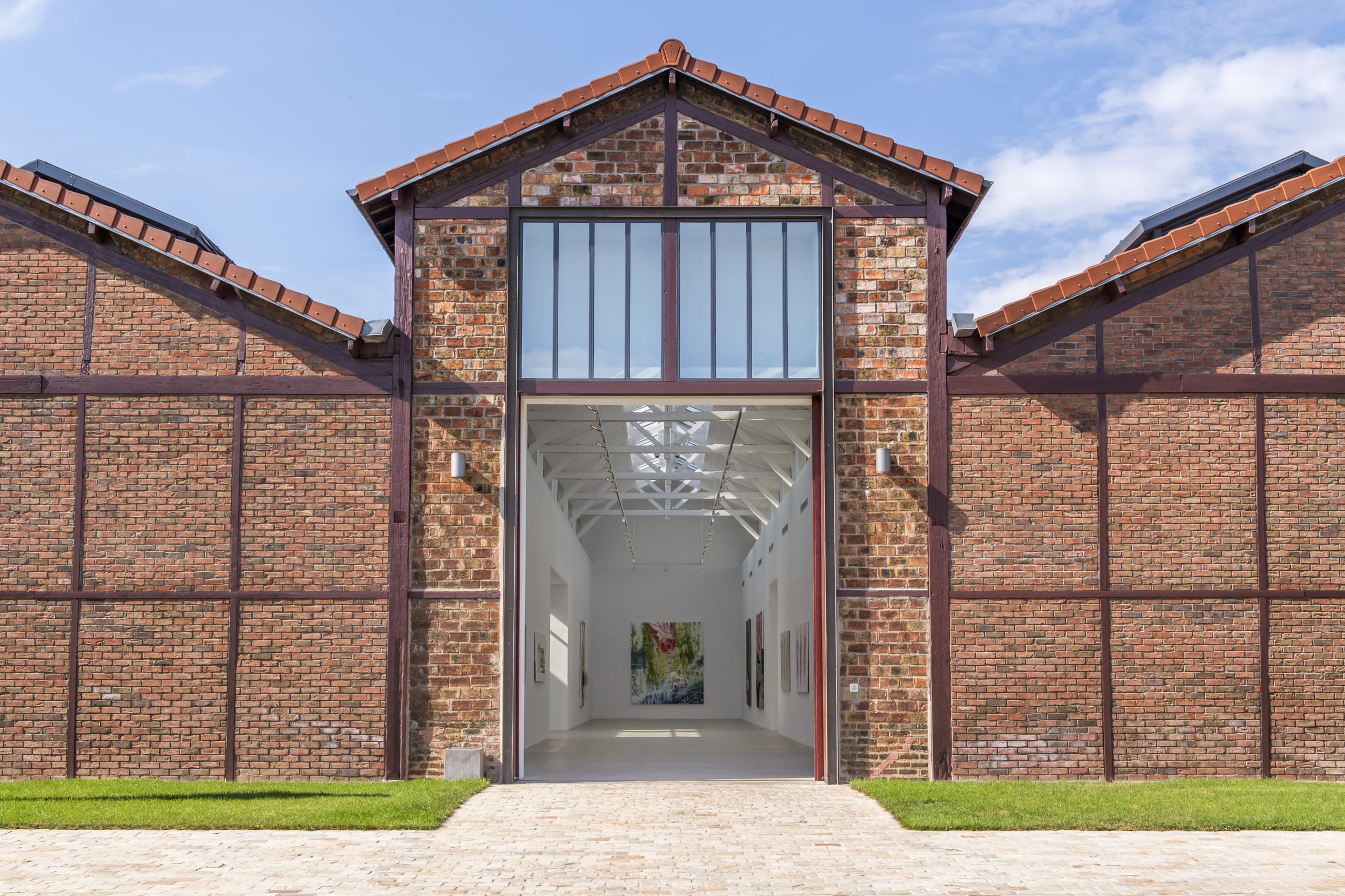Raqib Shaw New Sculptures and Paintings
6 June – 25 July 2015
Raqib Shaw’s second solo exhibition in the Paris Marais gallery, New Sculptures and Paintings, featured a series of new bronze sculptures and paintings.
Meticulously cast by the traditional "lost wax" casting method at the revered AB Foundry in England, at first glance Shaw's new sculptures resembled Late-Mannerist bronzes from the Renaissance. However on closer inspection, these tangled groups of perfectly honed male figures that danced, wrestled and contorted with each other have the heads of vampire bats, loins of skulls, jaws of fantastical beasts and leather gear and boots from today's clubs.
As art historian Caroyln Miner had written in The Maniera of Raqib Shaw : "Like the Mannerist sculptors, Shaw has made his figures, lithe, sinuous and slightly elongated or stretched, especially the necks and limbs... [he] has also aimed to delight and surprise the spectator by incorporating inventive and playful motifs. The bizarre combinations of heads of beasts and genital of toothy jaws are much like the grotesque beasts in Mannerist bronzes."
True to his signature style, Shaw presented to us with radical images that are on the one hand, deeply informed by art historical references and on the other hand, of such grotesque and erotic beauty that our imagination is lead to its utmost limit.
The exhibition included four new paintings not only rich in iconographic citations to Western and Eastern art history, mythology, poetry, theatre and the begginings of science but also in their composition, colour, precision of drawing and uniquely meticoulsy technique. Like an ancient alchemist or contemporary mixologist, Shaw used enamel paint, a medium not commonly used in the rendering of fine paintings, which he paintstaikingly applies with a porcupine quill to create surfaces with details of intoxicating beauty.
All four new paintings were based on works belonging to London’s National Gallery. Three of the new paintings were self-portraits: one “after Steenwyck”, one “after Antonello da Messina” and the third “after Mocetto” showing the artist either in his study or studio. Although his own image was never a straight forward self portrait, by depicting myriads of objects of great personal significance such as his adored dogs, specific views from his studio’s window, champagne bottles and even his new bronze sculptures, the overall images became stagings of the self.













